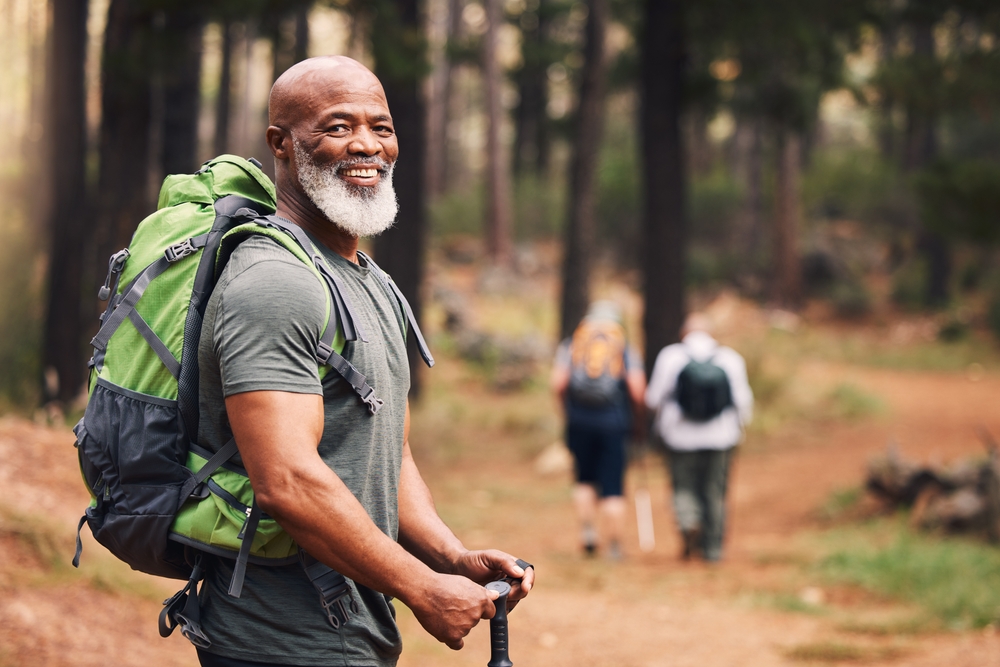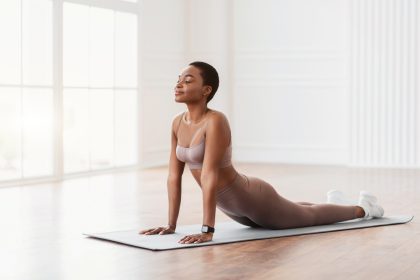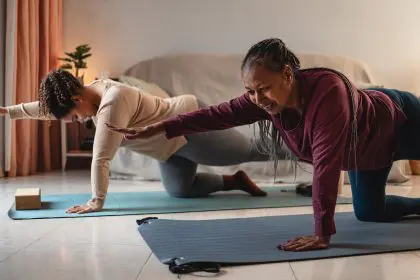When the calendar pages turn past the half-century mark, the body begins whispering new messages about balance and stability. Falls become more than just embarrassing moments—they transform into potential life-altering events that can threaten independence and quality of life. Yet research consistently shows that incorporating specific balance exercises into a regular routine can dramatically reduce fall risk, even for those who have never exercised before.
The statistics paint a concerning picture: one in four Americans over 65 experiences a fall each year, and falls remain the leading cause of injury-related deaths among older adults. The good news? Three specific balance exercises, performed regularly, can substantively improve stability and potentially prevent these dangerous incidents.
Why balance declines with age
Before diving into the exercises, understanding why balance naturally deteriorates after 50 provides valuable context. Several physiological changes contribute to decreased stability:
The vestibular system in the inner ear—responsible for detecting head position and movement—becomes less sensitive over time. Muscle mass gradually diminishes (a condition called sarcopenia), particularly affecting the core and leg muscles critical for maintaining upright posture. Reaction times slow, making it harder to correct momentary imbalances before they result in falls.
Vision changes, including decreased depth perception and peripheral vision, further complicate accurate environmental navigation. Joint stiffness and reduced flexibility can also limit the range of motion necessary for adapting to uneven surfaces or unexpected obstacles.
However, these changes aren’t inevitable sentences to instability. The brain and body maintain remarkable adaptability, even in later decades, allowing for significant improvements in balance when properly stimulated through targeted exercises.
Exercise 1: Modified flamingo stand
The first essential balance exercise transforms the childhood game of standing on one leg into a serious stability builder. The modified flamingo stand specifically targets the ankle and hip strategies—the body’s primary mechanisms for maintaining equilibrium when standing.
Here’s how to perform it correctly:
Begin by standing near a counter or sturdy chair for support if needed. Shift weight onto the right foot while lifting the left foot slightly off the ground. Hold this position for 15-30 seconds, gradually working up to one minute. Lower the foot and repeat on the opposite side. Complete five repetitions on each leg, daily.
For beginners, keeping the elevated foot touching the standing leg provides additional stability. As balance improves, progress by holding the foot farther from the support leg or closing the eyes to intensify the challenge.
This exercise strengthens the small stabilizing muscles around the ankles and improves proprioception—the body’s awareness of its position in space. Regular practice enhances the nervous system’s ability to make tiny adjustments that maintain balance without conscious thought.
When practiced consistently, modified flamingo stands can improve single-leg stability within just four weeks, according to multiple clinical studies. This translates directly to real-world scenarios like navigating stairs, stepping over obstacles, or walking on uneven terrain.
Exercise 2: Heel-to-toe walking
The second exercise mimics a field sobriety test but serves as an effective balance builder. Heel-to-toe walking, also called tandem walking, challenges the brain’s ability to coordinate movements while maintaining a narrowed base of support.
Follow these steps for proper form:
Identify a straight line on the floor (use painter’s tape if needed) or walk along a hallway. Place the heel of one foot directly in front of the toes of the opposite foot. Focus on a fixed point ahead for greater stability. Take 10-20 steps forward, maintaining the heel-to-toe position. Turn carefully and repeat in the opposite direction. Practice this exercise twice daily.
While performing this movement, keep arms extended slightly to the sides for additional balance assistance when beginning. The narrow foot positioning forces the brain to rapidly calculate and adjust body position, strengthening neural pathways responsible for balance.
This exercise particularly benefits the cerebellum—the brain region controlling coordination and precision—which naturally loses some function with age. Regular practice essentially “rewires” these neural connections, making automatic balance adjustments more efficient and effective.
For those finding this exercise too challenging initially, starting with feet slightly apart and gradually bringing them closer creates an appropriate progression. Conversely, those seeking greater difficulty can try the exercise with arms crossed over the chest or while gently turning the head from side to side.
Exercise 3: Clock reach with core engagement
The final exercise combines balance training with core strengthening, addressing two critical elements of fall prevention simultaneously. The clock reach trains dynamic stability—the ability to maintain balance while moving—which proves essential for everyday activities.
Here’s the proper technique:
Imagine standing in the center of a clock face. Begin with feet hip-width apart, knees slightly bent. Extend arms forward at shoulder height, representing 12 o’clock. Maintaining balance, reach the right arm toward 3 o’clock without moving the feet. Return to center, then reach the left arm toward 9 o’clock. Continue reaching to different “clock positions,” including diagonal points. Perform 2-3 sets of 8-10 reaches in different directions.
This exercise actively engages the transverse abdominis and oblique muscles—core stabilizers that help maintain proper alignment during movement. The reaching pattern also improves weight-shifting control, teaching the body to adjust center of gravity safely.
For those with knee sensitivities, slight modifications can make this exercise more accessible. Sitting on an exercise ball while performing the reaches challenges balance while reducing joint stress. Alternatively, those seeking greater difficulty can perform the exercise while standing on a folded towel or balance pad to introduce surface instability.
The clock reach proves particularly valuable because it trains reactive balance—the ability to maintain stability during unexpected movements—which often determines whether a trip becomes a fall or a successful recovery.
Incorporating balance training into daily life
These three exercises form the foundation of an effective fall prevention strategy, but integrating balance work throughout daily activities amplifies their benefits. Simple habits like standing on one leg while brushing teeth, practicing heel-to-toe walking while waiting in line, or performing gentle weight shifts during television commercials transform ordinary moments into balance-building opportunities.
Consistency ultimately determines success. Rather than marathon sessions once weekly, brief daily practice creates more lasting neural adaptations. Even five minutes of focused balance work daily yields more significant improvements than hour-long sessions performed sporadically.
For optimal results, combine these balance exercises with regular walking to maintain cardiovascular fitness and leg strength. Swimming provides another excellent complement, as the water’s resistance builds strength while its buoyancy reduces fall risk during the exercise itself.
Those concerned about starting these exercises can begin while seated and gradually progress to standing versions as confidence builds. Even chair-based adaptations provide measurable improvements in stability for those with mobility limitations.
The investment in balance training pays remarkable dividends. Beyond reducing fall risk, these exercises improve posture, enhance mobility, and often alleviate chronic pain by correcting movement patterns. The psychological benefits prove equally valuable—reduced fear of falling often leads to greater activity levels and social engagement.
While these exercises offer powerful protection against falls, complementing them with environmental modifications further enhances safety. Removing trip hazards, improving lighting, installing grab bars in bathrooms, and wearing appropriate footwear creates a comprehensive approach to fall prevention.
With regular practice of these three targeted exercises, the years beyond 50 can remain active, independent, and stable—building confidence with every step.














